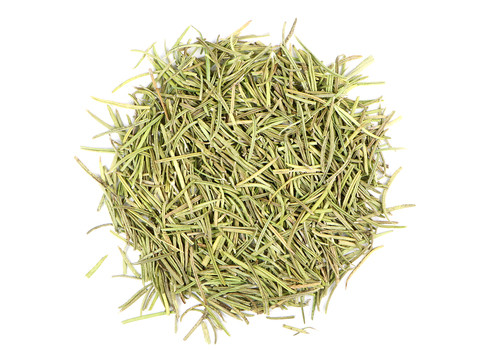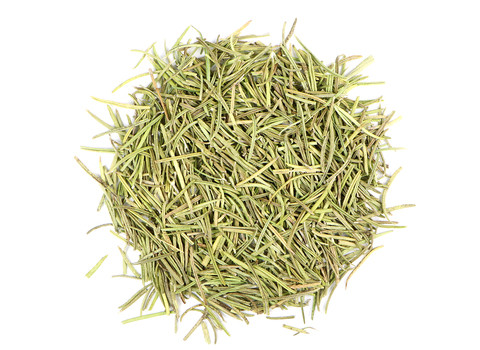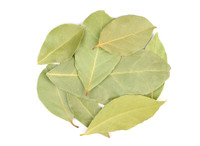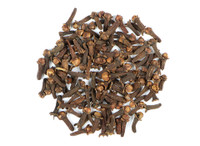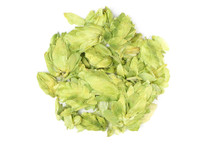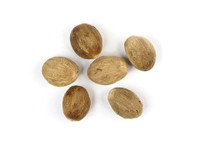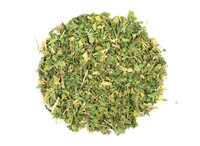-
Product Description
COMMON NAME
Standardized: rosemaryBOTANICAL NAME
Rosmarinus officinalis L.
Plant Family: LamiaceaeOVERVIEW
Rosemary is an aromatic member of the mint family native to the Mediterranean region where it is utilized as a treasured culinary spice. It is a flowering evergreen, producing thin, needle-like leaves. Rosemary plants are commonly cultivated and easily grown in many household gardens. They can grow prolifically and prefer full sun and well-drained soil, but can also thrive in pots on the windowsill.There are many cultivators of rosemary worldwide, each with unique growth and flowering characteristics. Nevertheless, the flavor of rosemary is not highly variable and makes an excellent addition to many traditional dishes.
PARTS USED
Dried leaf.TYPICAL PREPARATIONS
Teas and tinctures, however it is most popularly used in cooking.SUMMARY
Rosemary adds a delightful flavor to cuisine all across the world. The younger leaves are preferred for a sweeter flavor, standing up well to cooking, even at high temperatures. The smell of rosemary is piney and fresh; familiar but also distinctive. It is baked into breads and crackers, and is classically used as a rub for pork and lamb.Rosemary leaves are used in herbal medicine and are often employed as an aid to support cognitive health*. Food manufacturers add rosemary to meats and sauces as an antioxidant and stabilizer. The herb is also used to make liqueurs, such as Benedictine and Danziger Goldwasser.
PRECAUTIONS
No known precautions.
We recommend that you consult with a qualified healthcare practitioner before using herbal products, particularly if you are pregnant, nursing, or on any medications.*This statement has not been evaluated by the Food and Drug Administration. This product is not intended to diagnose, treat, cure, or prevent any disease. For educational purposes only.
Source: Mountain Rose Herbs
-
Product Reviews
-
Find Similar Products by Category

